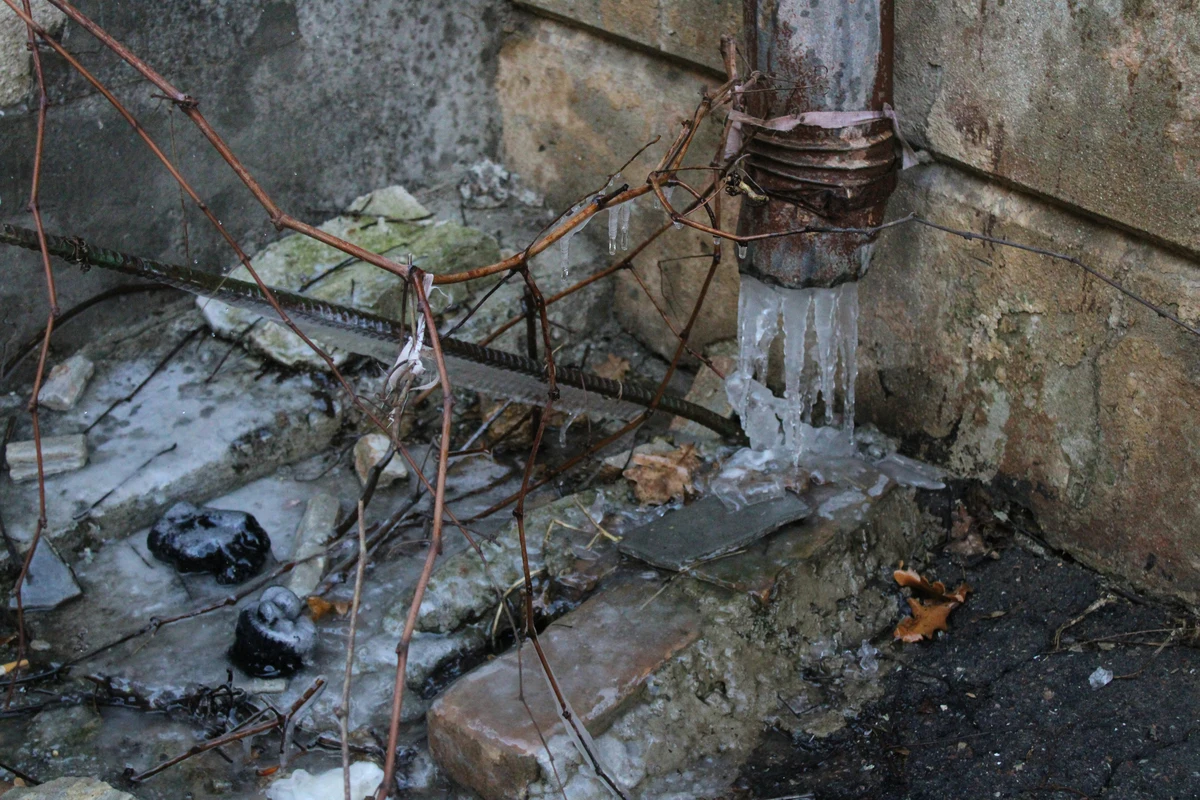Overview
Frozen pipes can strike any property during a cold snap, leaving tenants without water and risking costly bursts. As a landlord, knowing how to act quickly and prevent future freezes is crucial to protecting your investments and ensuring tenant satisfaction.
In this guide, we’ll cover:
- Key immediate steps when you discover frozen pipes
- Effective thawing techniques for accessible and hidden pipes
- Preventive measures to winterize your properties
- Answers to common questions landlords face
Immediate Steps When Pipes Freeze
- Shut Off the Water Main: Turn off the building’s main water supply to limit flow into frozen sections.
- Open Faucets: Open faucets connected to the frozen line to relieve pressure and provide an outlet for melting ice.
- Locate the Freeze Point: Inspect basements, crawl spaces, interior walls, and under sinks for frost or ice buildup on pipes.
- Check for Leaks: Look for any visible cracks or bursts before thawing to avoid unexpected water damage when the ice melts.
- Call Maintenance or a Plumber: If pipes are behind walls or inaccessible, schedule a professional with specialized equipment immediately.
Thawing Techniques
At-Home Methods
- Hair Dryer: Apply gentle, even heat along the frozen section until water flows.
- Space Heater: Place a portable heater near exposed pipes—keep clear of flammables.
- Heating Cables: Wrap electric heat tape or cables around vulnerable pipes and plug in for continuous warmth.
Professional Solutions
- Thaw Machine: Plumbers use low-voltage, high-current devices to melt ice deep within walls or long runs of pipe.
- Pipe Insulation Upgrade: After thawing, consider foam sleeves or fiberglass wrap to maintain pipe temperature year-round.
Prevention Tips
- Insulate Exposed Pipes: Add foam or fiberglass insulation to pipes in basements, attics, and exterior walls.
- Seal Air Leaks: Use spray foam or caulk around foundation cracks, gaps around pipes, windows, and doors.
- Maintain Indoor Heat: Keep property temperature at or above 55°F, even when vacant.
- Drip Faucets: Allow a slow drip during extended cold spells to keep water moving and reduce freezing risk.
- Regular Inspections: Schedule winter property checks—look for new drafts or insulation gaps each season.
Frequently Asked Questions
Final Thoughts
Frozen pipes can quickly turn into expensive emergencies. By acting fast, using safe thawing methods, and winterizing your properties, you’ll protect both your investment and your tenants’ comfort. Keep a trusted plumber on speed dial and schedule annual winter inspections to stay one step ahead of the cold.

